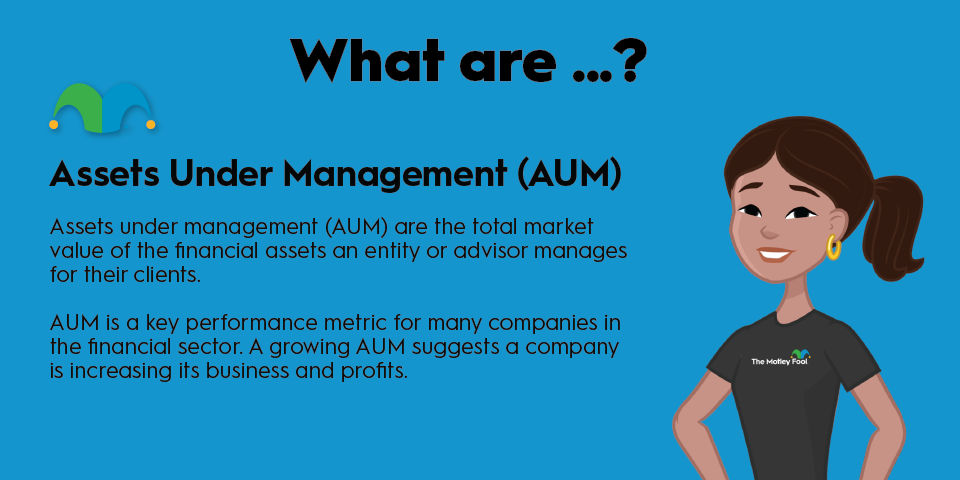Accrued revenue can be a difficult concept to understand when you start analyzing financial statements. It is the amount of revenue that a business has earned but not collected cash for. The business will report the revenue on its income statement and on its balance sheet with an asset until the revenue is collected.
Businesses must account for revenue this way because of accrual accounting. Let’s talk about what that is, how it works, and when to be nervous about too much accrued revenue.

Understanding accrued revenue
The first thing you need to understand is accrual accounting. One of the key principles of accounting is the matching principle. It states that revenues and expenses should be recorded on financial statements in the period when they are earned or incurred. This means a business can record revenue when it hasn’t yet collected cash and can record expenses even if it hasn’t paid them.
Some smaller businesses will use so-called cash accounting, where they report revenue and expenses when cash changes hands. But all stocks registered in the U.S. must follow the generally accepted accounting principles (GAAP) that require the use of accrual accounting.
Accounting for accrued revenue
Normally, when revenue is booked, it is balanced with an increase to the cash account. When accrued revenue is booked, it is balanced with accounts receivable (AR). Here’s what a $10,000 transaction looks like:
Account | Debit | Credit |
|---|---|---|
Accounts Receivable | $10,000 | |
Revenue | $10,000 |
Revenue is reported on the income statement the same regardless of whether it is accrued revenue or cash revenue. There are two ways to find what portion of revenue is accrued revenue: Subtract the changes in accounts receivable from revenue and look for a breakout of revenue and credit revenue in the footnotes to the annual report. There won’t always be a breakout in the footnotes, but you should be able to find the change in ARs on the cash flow statement.
The second part of the sales transaction is when the receivable account is collected. Here’s what that looks like:
Account | Debit | Credit |
|---|---|---|
Cash | $10,000 | |
Accounts Receivable | $10,000 |
Because of accrual accounting, the income statement doesn’t give investors a true picture of the cash flowing in a company. If a company is increasing sales by offering insane terms to customers, you won’t know by just reading the income statement.
Instead, you’ll need to analyze the cash flow statement. The cash flow from operations part of the statement adjusts net income for the change in accounts receivable and accrued expenses. If a company is doing all or mostly credit sales, having a hard time collecting, and pushing out payments to its suppliers, it could be cash flow negative while net income positive. The cash flow statement is an early warning signal to investors.
Companies are required to anticipate the percentage of accounts receivables that will go unpaid based on historical losses. This number is called the allowance for doubtful accounts, and it is netted out of the accounts receivable account on the balance sheet.
The allowance should be an immaterial amount that the company prices into its contracts. If it is anywhere above 10% or is rising fast, read through the management analysis and the conference call transcript to find out more.
Finally, be on the lookout for companies that don’t traditionally have ARs but are starting to lean on them. Direct-to-consumer retailers typically collect at the time of the transaction, so if they have a lot of ARs, there might be something going on that you should learn about.
Example of accrued revenue
Let’s use United Rentals (URI +0.85%) as an example. United rents equipment on an hourly, daily, weekly, or monthly basis. Revenue is accrued on a straight-line basis, and customers are invoiced either monthly or when the equipment is returned.
That means if a construction company rents a crane from United Rentals for two weeks, United will recognize revenue for each day of the rental period and then invoice the customer when the crane is received. If the crane had been rented for two months, United would issue an invoice to the customer at the end of each month but still recognize the revenue each day.
Using this method, the company often recognizes accrued revenue before it is paid. In 2021, it had $8.2 billion in rental revenue and $1.68 billion in accounts receivable. ARs went up by around $300 million during the year and sales went up by $1.1 billion.
That change in ARs means that at least $300 million of the company’s revenue increase came from accrued revenue. What does that mean for investors? For some businesses, it could be worrisome. If the business historically has mostly cash sales and then suddenly moves to 25% credit sales, you need to figure out what’s going on.
For United Rentals, credit sales are a part of doing business. United limits its risk by not having a concentration of more than 1% in any one customer; its allowance for doubtful accounts was just $112 million. That number is large, but it is relatively low when compared to the total amount of ARs and the prior years.
Related investing topics
The bottom line
Accrued revenue is an important concept for beginning investors to learn and understand. Most of the time, it is a normal part of doing business. But when it starts to become a bigger and bigger portion of a company’s revenue, there could be issues.
Pay attention to the difference between cash flow and net income each year and dig deeper if the gap starts to increase. Also be on the lookout for an increase in the allowance for doubtful accounts. If companies aren’t able to collect from customers anymore, they won’t be able to pay their bills.



















